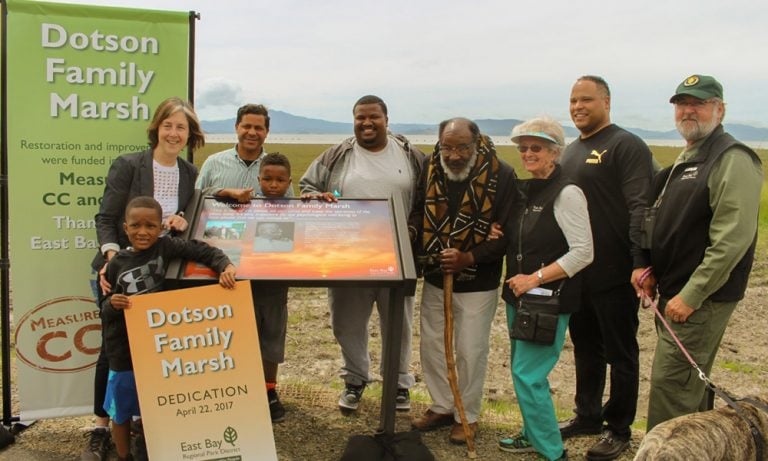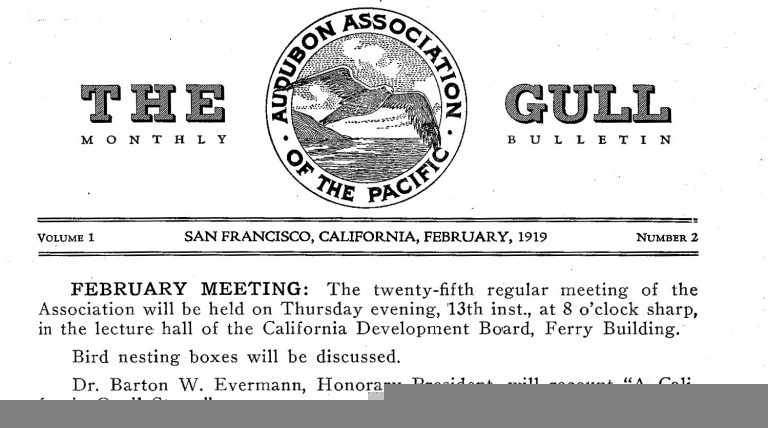Play Ball! But Where?
By Carla Din
It’s been over two years since the Oakland A’s proposed building a new baseball stadium alongside Lake Merritt. Golden Gate Bird Alliance led the environmental opposition to this proposal that threatened to undermine the progress made in reconnecting Lake Merritt to the Bay and providing healthy habitat for waterbirds there. It was gratifying to see GGBA partner with other community opponents of the Lake Merritt site, including Laney College students and faculty unions and the Asian Pacific Environmental Network that were concerned about gentrification to surrounding cultural communities.
In December 2017, the Peralta Community College District responded to the strong opposition and nixed plans for a ballpark on Laney College land near Lake Merritt. The A’s then shifted their focus to another site – Howard Terminal alongside the Port of Oakland, next to the Oakland-Alameda Estuary.
(INSERT A MAP GRAPHIC THAT SHOWS THE HOWARD TERMINAL LOCATION AND POSSIBLY A DRAWING OF BALLPARK)
This waterside site also presents potential dangers to wildlife. Like many other ballparks, possible hazards include:
- Bright scoreboard lights and parking/security lights that can disrupt birds’ sleep patterns, facilitate nocturnal predation, and disrupt night foraging. Migratory bird behavior is radically impacted by light sources such as stadiums, according to a University of Oxford study
- Glass walls located next to large bodies of water or green space can cause fatal bird collisions. Since birds cannot see reflective glass as a barrier, they fly into that which is reflected by the window, such as the sky or the trees and collide with the glass
- Noise from crowds, traffic, public address systems, and amplified music can frighten birds away from their habitat and into roadways.
- Fireworks can panic birds and sometimes lead them to abandon their nests and young. The Port of Oakland discontinued its annual 4th of July fireworks show over Jack London Square after the U.S. Fish and Wildlife Service ruled that fireworks displays would harm the Least Tern, an endangered species that nests across the estuary in Alameda.
- Plastic and other trash dropped into waterways that can kill birds who eat it or get tangled in it.
(place doug’s photo of shorebirds here)
GGBA Enters the Policy Arena
In 2018, to streamline the A’s ballpark development process, State Assembly member Rob Bonta proposed a measure limiting the time during which environmental lawsuits could be filed against an A’s ballpark at Howard Terminal.…

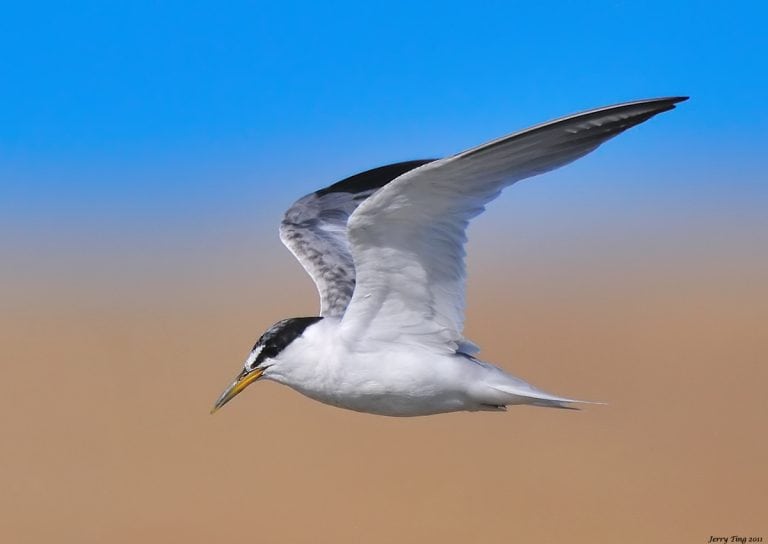
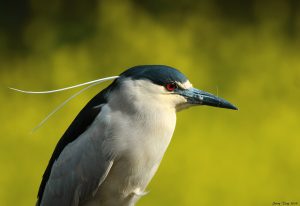 Black-crowned Night-Heron (the official bird of Oakland) by Jerry Ting
Black-crowned Night-Heron (the official bird of Oakland) by Jerry Ting
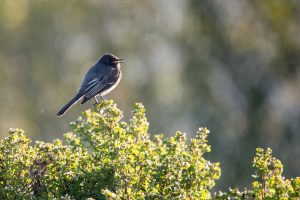 Black Phoebe by Carree Michel
Black Phoebe by Carree Michel
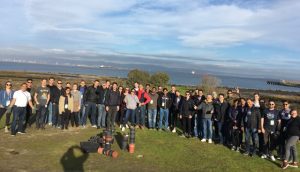 One of many examples of GGBA’s community outreach. Here, Salesforce volunteers collaborate with GGBA to help restore Pier 94. Photo by Janet Carpinelli
One of many examples of GGBA’s community outreach. Here, Salesforce volunteers collaborate with GGBA to help restore Pier 94. Photo by Janet Carpinelli
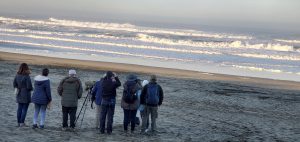 Christmas Bird Count 2019. Volunteers admiring both the landscape and birds. Photo by Chris Okon
Christmas Bird Count 2019. Volunteers admiring both the landscape and birds. Photo by Chris Okon
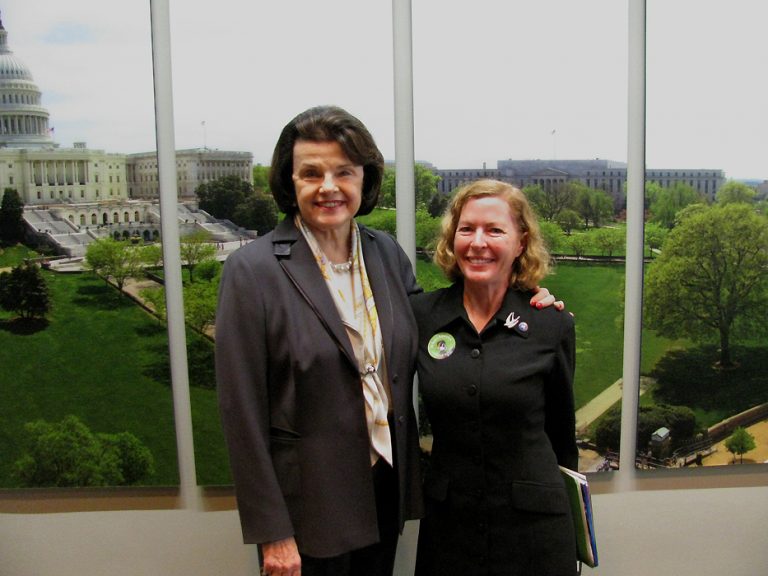
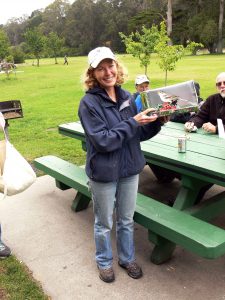 Noreen at a volunteer party in 2013. Photo by Ilana DeBare
Noreen at a volunteer party in 2013. Photo by Ilana DeBare
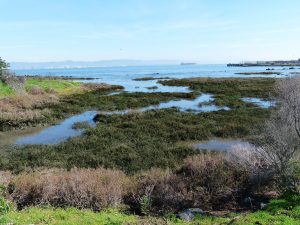 The beautifully restored Pier 94, one of Noreen’s most successful long term conservation projects. Photo by Lee Karney
The beautifully restored Pier 94, one of Noreen’s most successful long term conservation projects. Photo by Lee Karney
